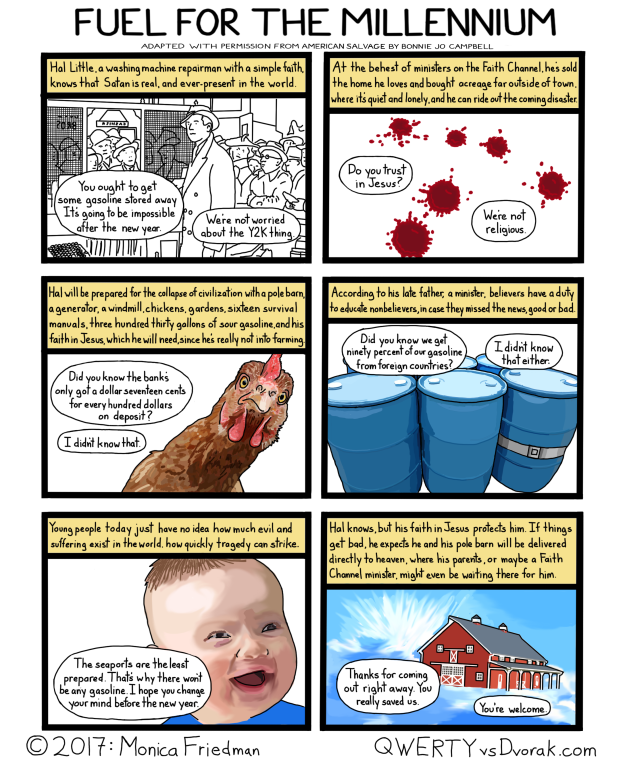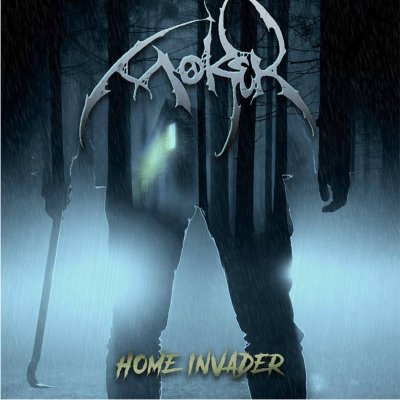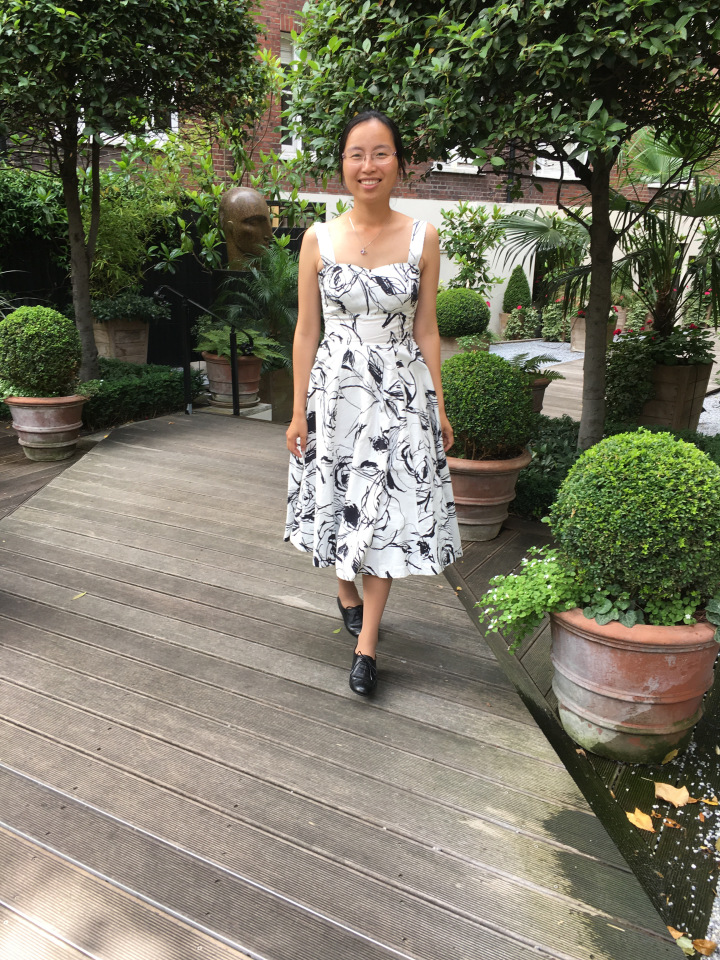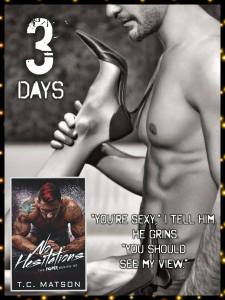Here’s what I’ll be reading in August.
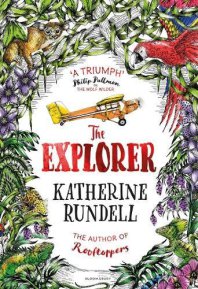
The Explorer by Katherine Rundell
From his seat in the tiny aeroplane, Fred watches as the mysteries of the Amazon jungle pass by below him. He has always dreamed of becoming an explorer, of making history and of reading his name amongst the lists of great discoveries. If only he could land and look about him.
As the plane crashes into the canopy, Fred is suddenly left without a choice. He and the three other children may be alive, but the jungle is a vast, untamed place. With no hope of rescue, the chance of getting home feels impossibly small.
Except, it seems, someone has been there before them.

The Huntress: SKY by Sarah Driver
Seek the scattered Storm-Opals of Sea, Sky and Land, before an enemy finds them and uses them to wield dark power . . .
The trail of the Storm-Opals takes Mouse further than she has ever been before. With her little brother Sparrow and friend Crow alongside her, she stumbles into the world of Sky, where fortresses are hidden amongst the clouds, secret libraries (skybraries) nestle atop gigantic icebergs and the sky swirls with warring tribes and their ferocious flying beasts. Can they solve Da’s message before it’s too late for their ship, their tribe and the whole of Trianukka?
Sky-soaring, beast-chattering, dream-dancing, draggle-riding, terrodyl-flying, world-saving adventure.
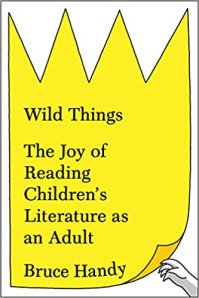
Wild Things: The Joy of Reading Children’s Literature as an Adult by Bruce Handy
In 1690, the dour New England Primer, thought to be the first American children’s book, was published in Boston. Offering children gems of advice such as “Strive to learn” and “Be not a dunce,” it was no fun at all. So how did we get from there to “Let the wild rumpus start”? And now that we’re living in a golden age of children’s literature, what can adults get out of reading Where the Wild Things Are and Goodnight Moon, or Charlotte’s Web and Little House on the Prairie?
In Wild Things, Vanity Fair contributing editor Bruce Handy revisits the classics of every American childhood, from fairy tales to The Very Hungry Caterpillar, and explores the back stories of their creators, using context and biography to understand how some of the most insightful, creative, and witty authors and illustrators of their times created their often deeply personal masterpieces. Along the way, Handy learns what The Cat in the Hat says about anarchy and absentee parenting, which themes are shared by The Runaway Bunny and Portnoy’s Complaint, and why Ramona Quimby is as true an American icon as Tom Sawyer or Jay Gatsby.
It’s a profound, eye-opening experience to reencounter books that you once treasured after decades apart. A clear-eyed love letter to the greatest children’s books and authors from Louisa May Alcott and L. Frank Baum to Eric Carle, Dr. Seuss, Mildred D. Taylor, and E.B. White, Wild Things will bring back fond memories for readers of all ages, along with a few surprises.
Advertisements Like what you see? Please share!